Kiss founding member Ace Frehley, the rock band’s original lead guitarist, has died aged 74.
He passed away peacefully, surrounded by his family, in Morristown, New Jersey, his agent said.
He had suffered a recent fall.
A statement…
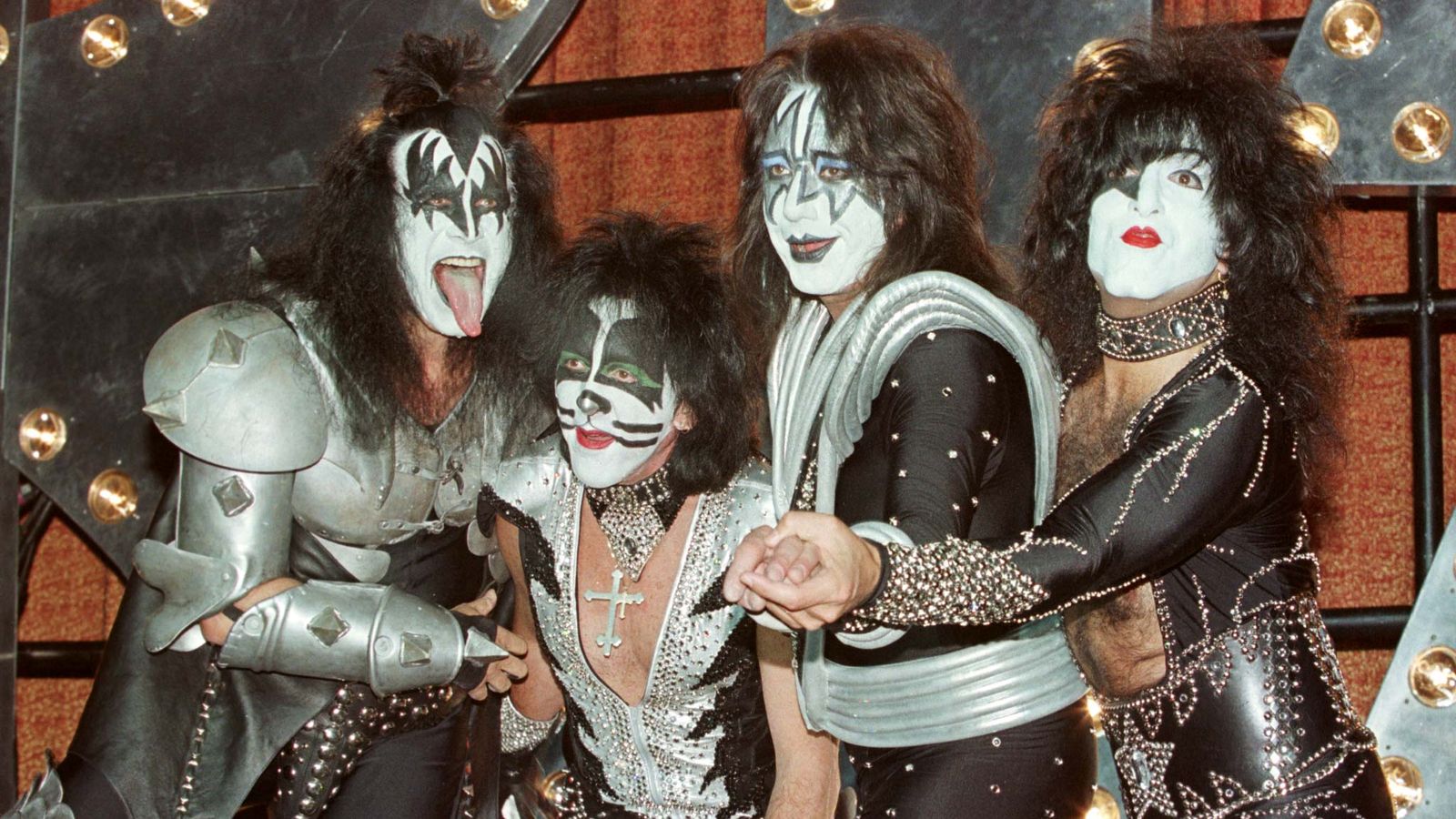
Kiss founding member Ace Frehley, the rock band’s original lead guitarist, has died aged 74.
He passed away peacefully, surrounded by his family, in Morristown, New Jersey, his agent said.
He had suffered a recent fall.
A statement…
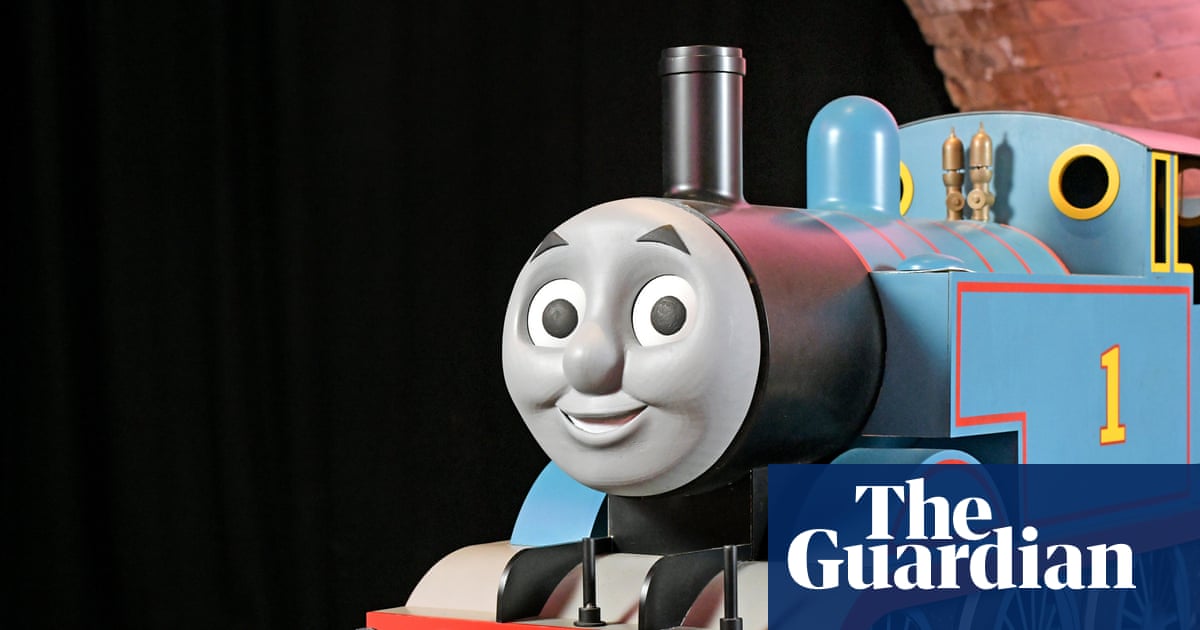
Eighty years since the first of a beloved fleet of trains was introduced to the world, a national blue plaque is being unveiled at the redbrick house in Gloucestershire where the Rev W Awdry worked on his railway stories.

By Lukas I. Alpert
After years of fighting scams and fraud, the music-streaming company announced it is joining forces with three major music labels to develop AI products that can help artists
Spotify says it works hard to…
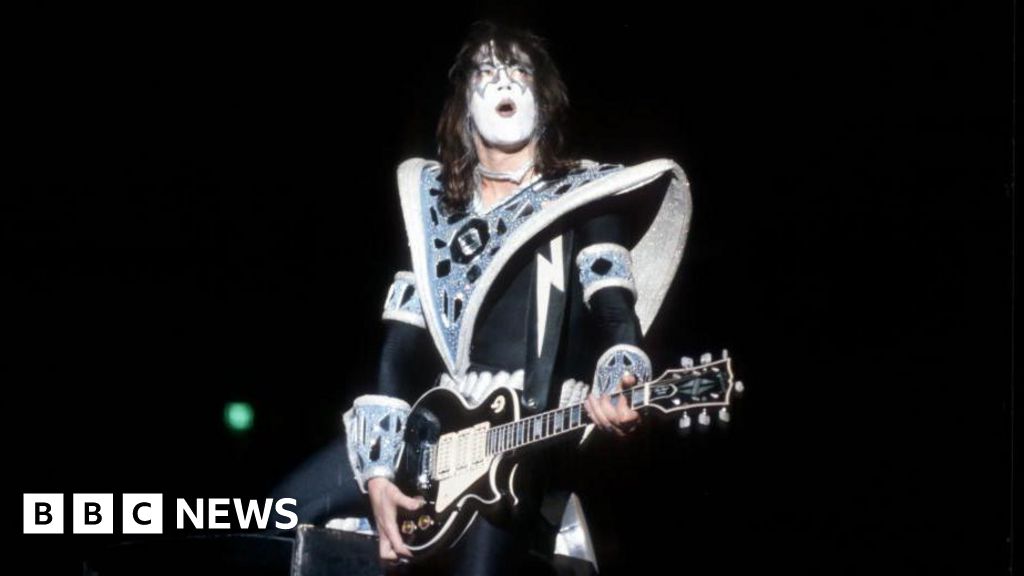
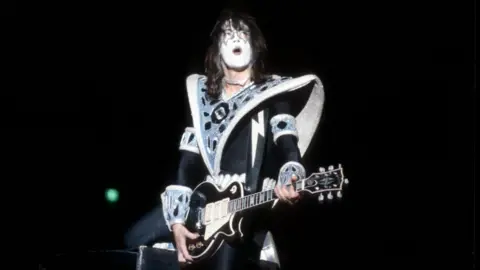 Getty Images
Getty ImagesPaul Daniel “Ace” Frehley, founding guitarist for the American rock band KISS, has died aged 74, his family announced in a statement reported in US media.
Frehley died surrounded by family, who said they were “completely devastated and…

Meghan Markle is spilling the beans on her ways of communication with fans.
The Duchess of Sussex, who recently attended the Fortune Most Powerful Women Summit…

Noor NanjiCulture reporter
 Getty Images
Getty ImagesGrowing up, Reese Witherspoon’s dad was a huge James Bond fan – which meant she also watched a lot of 007 films.
But she…
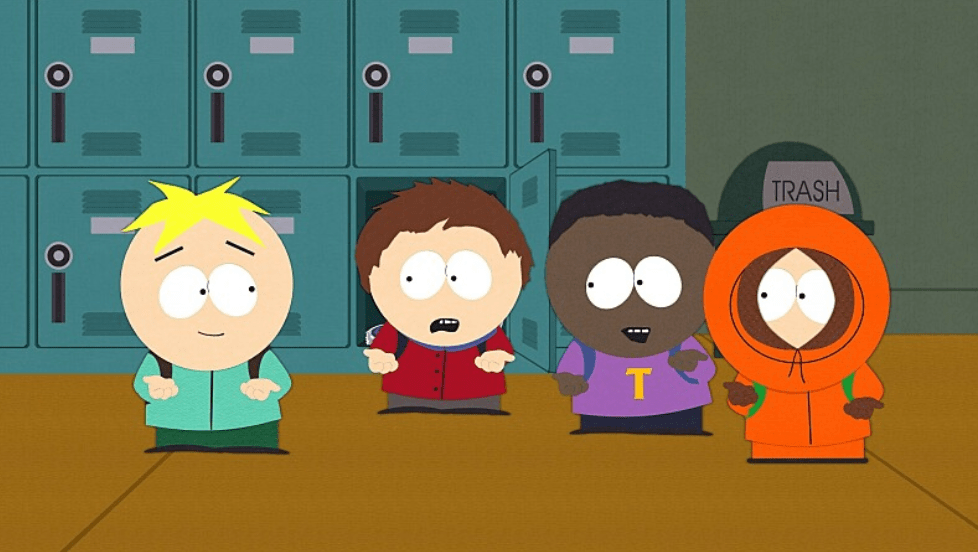
For those who found themselves perplexed while watching this week’s season 28 premiere of South Park by the strange new trend at the local elementary school, where kids keep saying “6, 7” to their own inscrutable delight: you are not…

Ace Frehley, the lead guitarist and co-founder of the rock band Kiss, has died aged 74.
The musician died after suffering injuries during a fall in September, his family said in a statement.
“We are completely devastated and heartbroken,”…

The Golden Globes announced it will host an event in partnership with Urland Ventures celebrating Brazilian film and television talent, scheduled for March 2026 in Rio de Janeiro.
“The Golden Globes has a long history of recognizing…